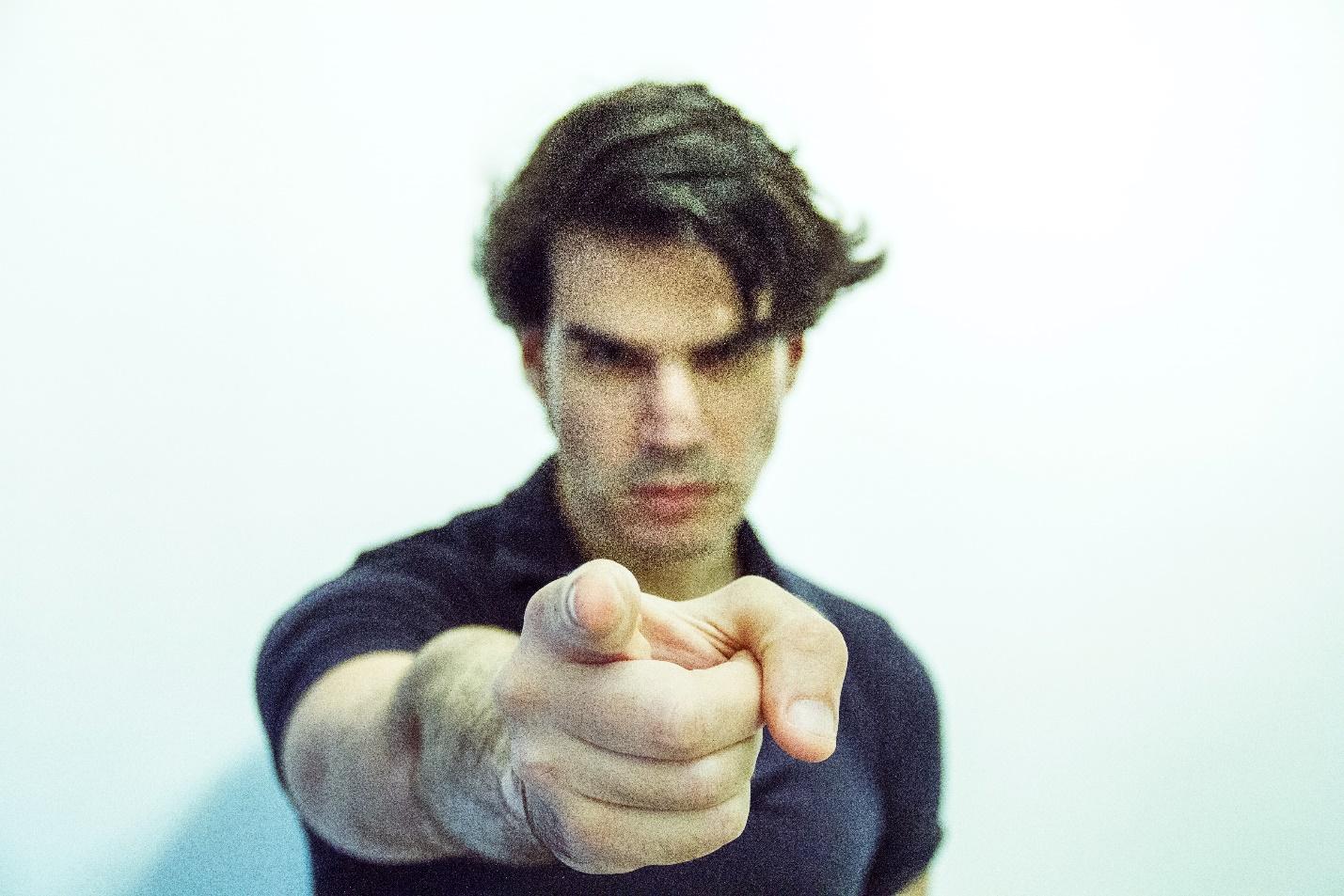
The criminal justice system greatly values eyewitness testimony. If someone saw you commit a crime, the odds are high that they positively identified you in a lineup or by looking at a photo array. If you have recently been identified or believe someone might identify you, you might feel like the walls are closing in. However, eyewitness identifications are vulnerable to certain challenges.
At George Law, we understand how to challenge police lineups and other confrontations. Contact an experienced Michigan criminal defense attorney today to begin building your defense.
Were You Identified Out Of Court?
Eyewitness identifications are usually a powerful piece of evidence the police can use to arrest you. For example, after a bank robbery, the police will often interview the tellers. If the police suspect you were part of the robbery, they might have the tellers try to identify you. There are different techniques the police use:
- Show up. The police show the witness the suspect and no one else. They then ask the witness if the person present is the same person who committed the crime.
- Lineup. The suspect stands in a line with other people, called “fillers.” These are people the police do not suspect of committing the crime. The police then ask the witness if they recognize the suspect in the lineup.
- Photo array. The police can put together an array of 6-9 photos and see if the witness can identify a particular suspect.
Show-ups are rare because they are usually too suggestive or overly leading. Essentially, the police are signaling to the witness that this person is the focus of the investigation. However, both lineups and photo arrays can also be leading under certain conditions.
Was The Line-Up Or Photo Array Unduly Suggestive?
Police sometimes try to “steer” a witness to positively identify someone by putting together an unduly suggestive lineup or photo array. For example, the witness might initially identify the suspect as a Hispanic male in his 30s. The police can then create a lineup entirely of African Americans in their 50s and one Hispanic male in his 30s. Consequently, the Hispanic male easily stands out from the rest of the individuals in the lineup, and it is not a surprise that the Hispanic male was identified.
Lineups and photo arrays can be suggestive when only the defendant matches a key description. These descriptions usually relate to:
- Race
- Skin color
- Age
- Hair Color
- Height
- Weight
It would be overly suggestive for the police to put a male suspect in a lineup with only women. The same principle applies if the suspect is tall and all fillers are short or if a red-headed suspect is placed with all brown-haired individuals. Our criminal defense attorneys will review the lineup or array to determine if it is too suggestive.
Was The Eyewitness Identification Reliable?
This is another consideration. Even if the lineup/array was unduly suggestive, the state could still introduce a witness identification if it is otherwise reliable. There are many considerations:
- The amount of time that has elapsed between the crime and the identification. The more time that has passed, the less reliable the identification.
- Whether the witness had an opportunity to view the defendant. For example, if the culprit wore a ski mask, then an identification based on facial features is unreliable. A witness who briefly saw the crime scene is also less likely to make a reliable identification.
- The witness’s attention during the crime. The witness could have been distracted by something else while the crime was occurring.
- The accuracy of the witness description before the identification. If the witness initially said the culprit was an elderly white man but then identified a black man or young man in the lineup, then the identification is unreliable.
- The certainty of the witness identification. “That’s him!” is more reliable than a witness who thinks for a long time before picking a suspect from the lineup.
We can argue that the facts show the identification wasn’t reliable at all or enough to overcome the suggestive lineup or array.
How Do You Keep The Identification Out Of Court?
Because this type of identification is unconstitutional, we can ask the judge to suppress it. Typically, we file a suppression motion before trial. At the hearing, the judge can review the evidence and make a ruling. You want to hire an attorney who knows how to challenge unduly suggestive identifications. If you wait too long, then you might forfeit the right to appeal the issue later.
Can The Witness Just Identify Me In Court?
Yes. Even if we get the out-of-court identification suppressed, the prosecutor can still ask a witness to identify you while you are both in the courtroom. Still, all the issues with reliability exist. A witness whose identification wasn’t reliable 6 months ago won’t be any more reliable because they are in court.
Can My Charges Get Dismissed If The Identification Was Detrimental?
Possibly. An unreliable identification might have been the sole piece the police used to arrest you. If the judge suppresses the identification, we can ask for the charges to be dismissed.
Michigan Criminal Defense Attorney
Defendants in Michigan need an attorney who understands constitutional criminal procedure and will protect their right to a fair trial. An unduly suggestive lineup or photo array is a violation of your rights, and your attorney can help you keep an unreliable identification out of court. Call George Law today at 248-278-7652 or contact us online. We will review your case and help you navigate the legal system.

 Menu
Menu